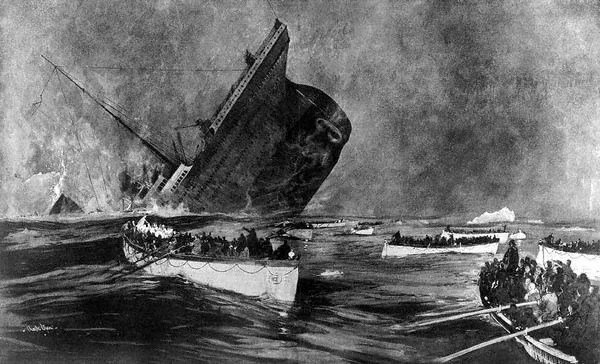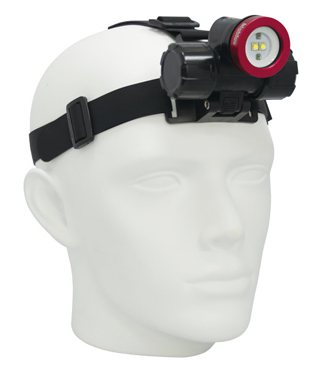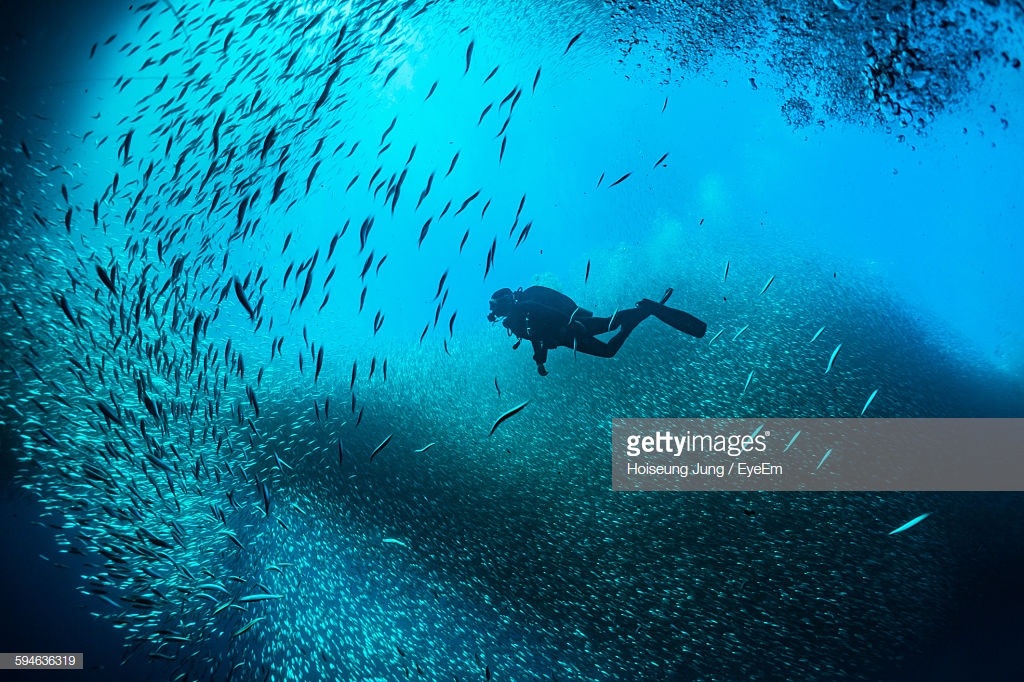The Blue-ringed octopus, in spite of their little size, 12 to 20 cm (5 to 8 in)
are perceived as one of the world’s most venomous marine creatures. They are found in tide pools and coral reefs in the Pacific and Indian oceans, from Japan to Australia, and have a lifespan of about two years. The female dies after incubating about 50 eggs, which during this time she does not eat. In spite of their submissive identity, they are perilous to people and don’t care to be taken care of or provoked.
There is sufficient venom in one Blue-Ringed Octopus to kill twenty-six grown-up people inside minutes. Their venom contains the amazing neurotoxin tetrodotoxin, histamine, tryptamine, octopamine, taurine, acetylcholine and dopamine. This current venom’s side effects can result in sickness, respiratory capture, heart disappointment, and once in a while all out loss of motion and visual deficiency. Passing can happen inside minutes from a nibble, some of the time unnoticeable to the person in question. Demise, on the off chance that it happens, is more often than not from suffocation due to paralysis of the diaphragm.
Tetrodotoxin, a neurotoxin, is also found in pufferfish, and in some poison dart frogs. Tetrodotoxin is 1,200 times more toxic than cyanide.
Tetrodotoxin envenomation can result in victims being fully aware of their surroundings, but unable to move. Because of the paralysis that occurs, within minutes of the contact, they have no way of signaling for help.
Will the victim survive?
Because the venom essentially executes through loss of motion, unfortunate casualties are every now and again spared if counterfeit breath is begun and kept up before manifestations decline. These two side effects, cyanosis (purplish discolouration of the skin because of the tissues close to the skin surface having low oxygen immersion) and hypertension (low pulse) create after loss of motion begins from the underlying chomp. Endeavors ought to be proceeded regardless of whether the unfortunate casualty shows up not to react. Respiratory help until therapeutic help arrives will improve the injured individual’s odds of survival. Conclusive emergency clinic treatment includes setting the patient on a therapeutic ventilator until the poison is expelled by the body. On the off chance that the injured individual endures the initial 24 hours, he/she will for the most part recoup completely.
As of 2018, there is no anti-venom for the Blue-Ringed Octopus.









Leave A Comment